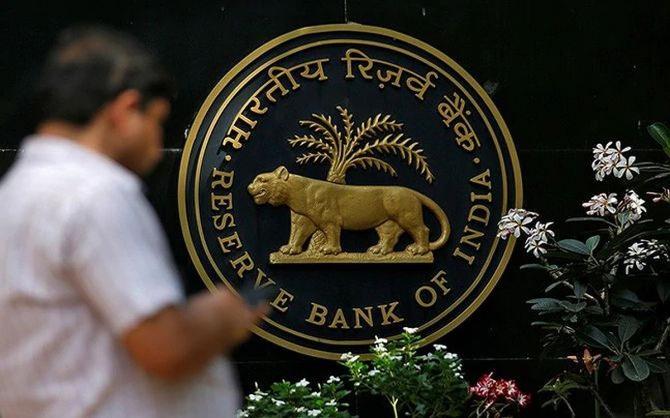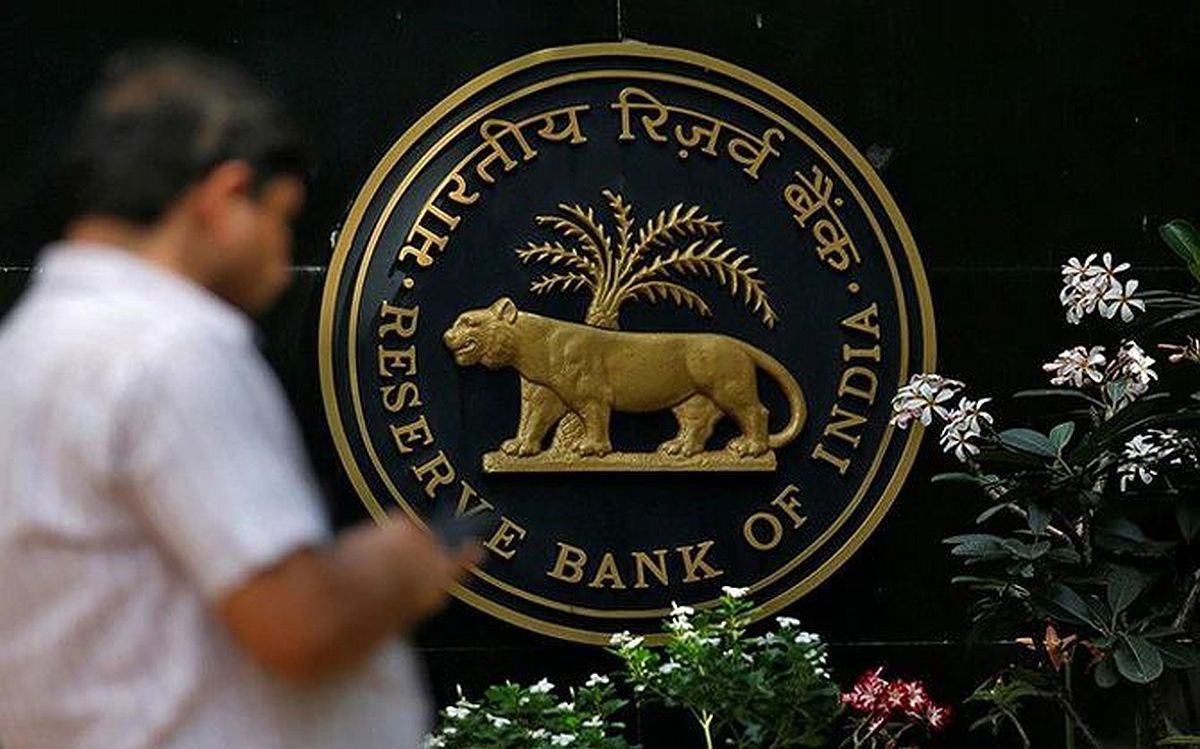With inflation comfortably below the Reserve Bank of India’s (RBI’s) 4 per cent median target and likely to undershoot its 3.7 per cent projection for 2025-26 (FY26), there is room for the monetary policy easing cycle to be sustained, the finance ministry said on Monday.

Photograph: Danish Siddiqui/Reuters
The comments, featured in the ministry’s Monthly Economic Review for June 2025, assume significance ahead of the Monetary Policy Committee (MPC) meeting of the Reserve Bank of India (RBI) scheduled to begin from August 5.
The MPC has lowered the interest rate by 100 basis points (bps) between February and June in view of receding inflation and to support economic growth.
While signaling that subdued core inflation affords room for the RBI to cut rates, the review, authored by officials in the Department of Economic Affairs, acknowledged that credit growth of scheduled commercial banks (SCBs) has moderated to 10.4 per cent as of June 27, compared to 13.9 per cent a year ago.
The review termed the slow credit uptick, despite monetary easing and strong bank balance sheets, and slack private investment appetite, as risk factors that may restrict acceleration in economic momentum.
“Further, given the deflationary trend in the wholesale price index, one has to observe economic momentum in nominal quantities.
“Measured in constant prices, economic activity may appear healthier than it is,” the review pointed out.
The subdued credit growth reflected cautious borrower sentiment and possibly risk-averse lender behaviour, the review’s authors reckoned.
“A growing preference for bond markets, particularly commercial papers among corporates due to lower borrowing costs, may also explain the shift.
“Piggybacking on initiatives like the Employment Linked Incentive scheme, it is time for corporates to set the ball in motion,” they posited.
Finance Minister Nirmala Sitharaman had also expressed concern about the private sector preferring passive investments over capital expenditure, despite healthy corporate balance sheets.
The review also flagged downside risks from the global slowdown, particularly in the US, which could dampen further demand for Indian exports. “Continued uncertainty on the US tariff front may weigh on India’s trade performance in the coming quarters,” it noted.
“All that said, the economy has the look and feel of ‘steady as she goes’ as far as FY26 is concerned,” the review said, stating the domestic economy presents a picture of resilient domestic supply and demand fundamentals in the first quarter of FY26, and enters the second quarter on a relatively firm footing with monsoon on track.
“In the medium term, given the ongoing momentous shifts in global supply chains in the areas of semiconductor chips, rare earths and magnets, India has its task cut out,” it concluded.
Noting that net foreign direct investment (FDI) and net foreign portfolio investment (FPI) inflows declined in FY25, the review suggested that there are early signs of a rebound this year.
“…Early data from FY26 indicate the potential for a turnaround in foreign investment flows.
“Gross FDI inflows grew by 5 per cent (Y-o-Y) in April-May FY26 and stood at $15.9 billion.
“There are notable improvements in equity inflows and a lower incidence of repatriations, signalling fresh confidence in India’s long-term growth prospects, particularly in sectors like digital infrastructure and manufacturing,” it emphasised.




